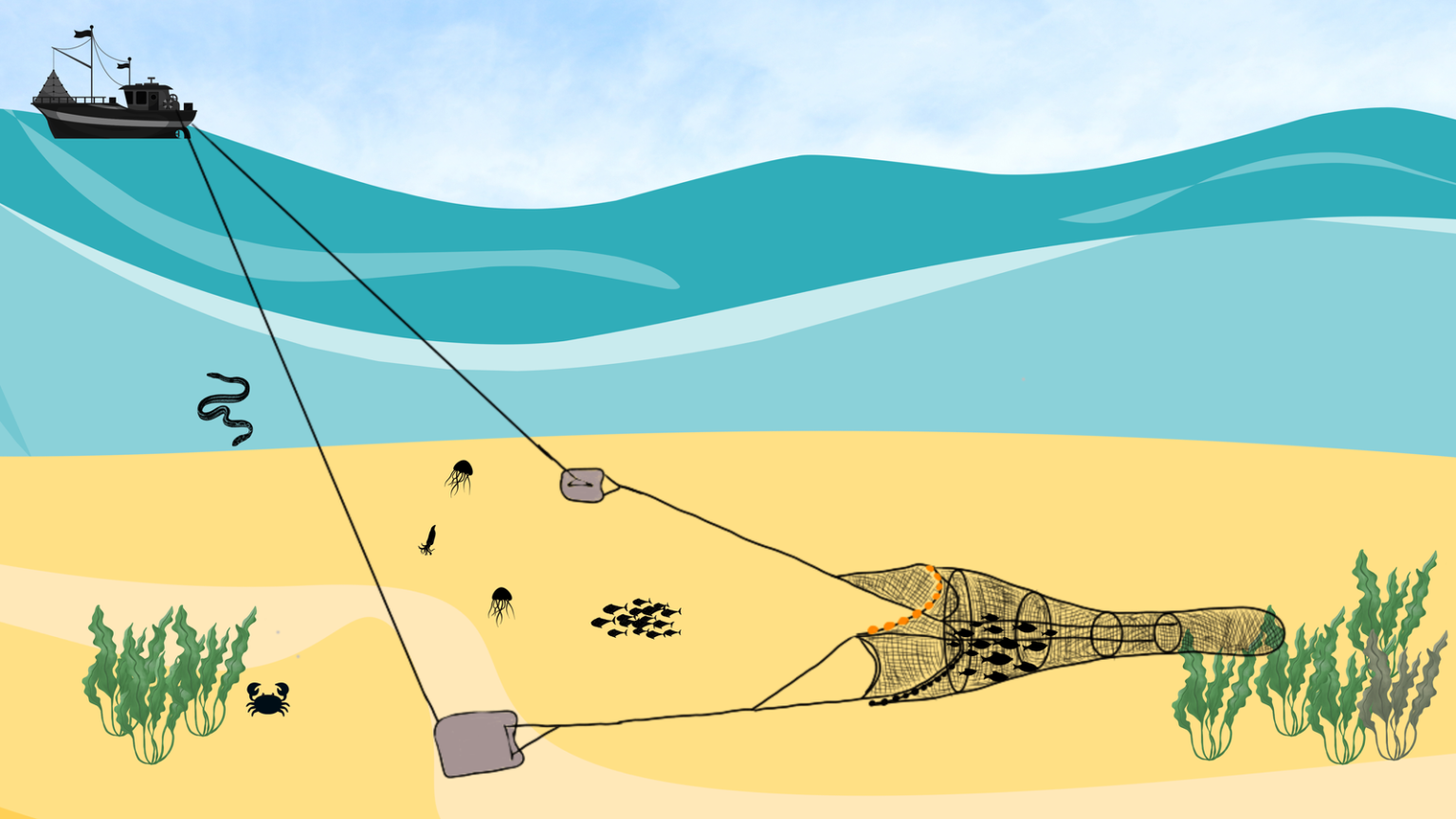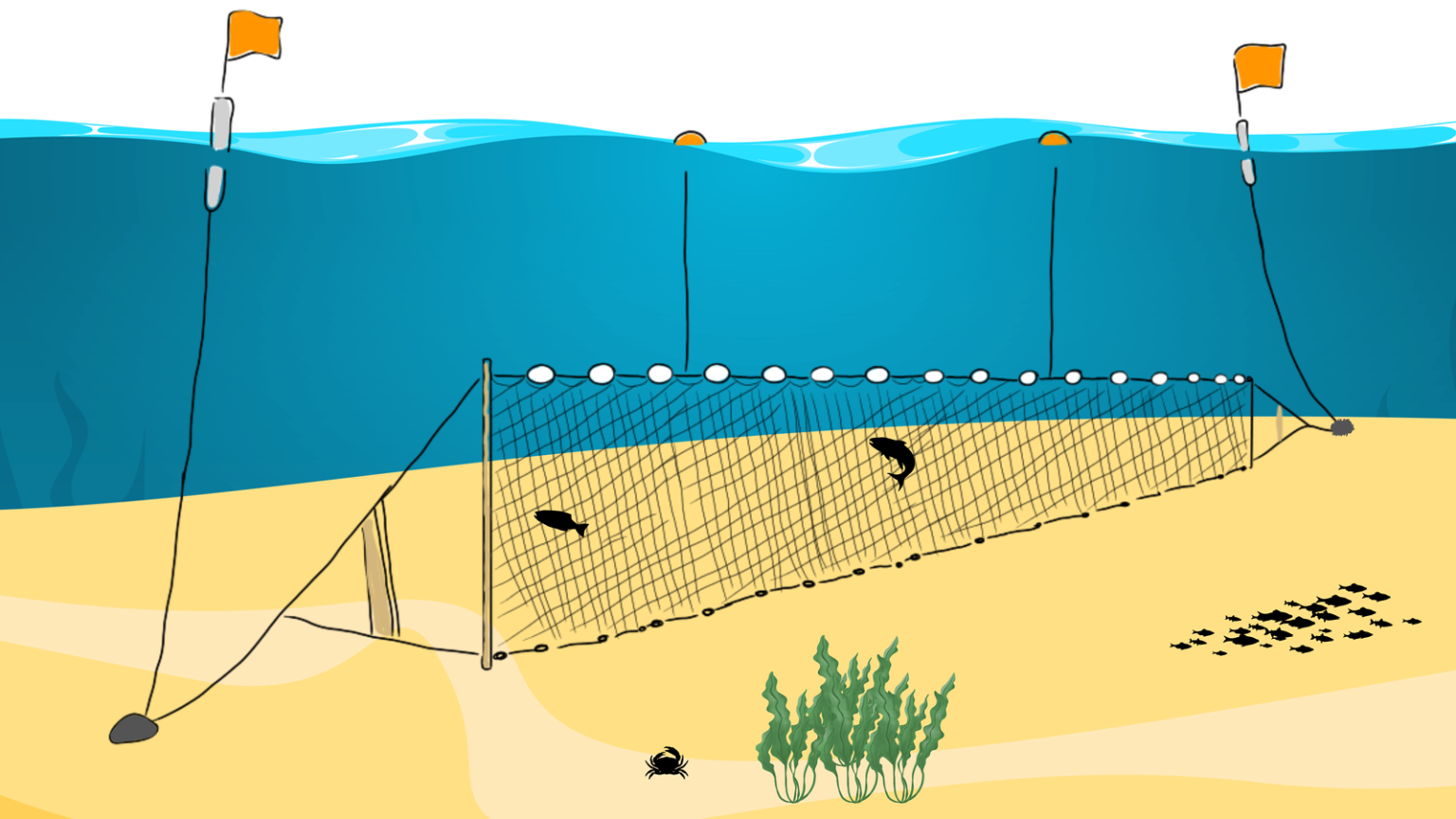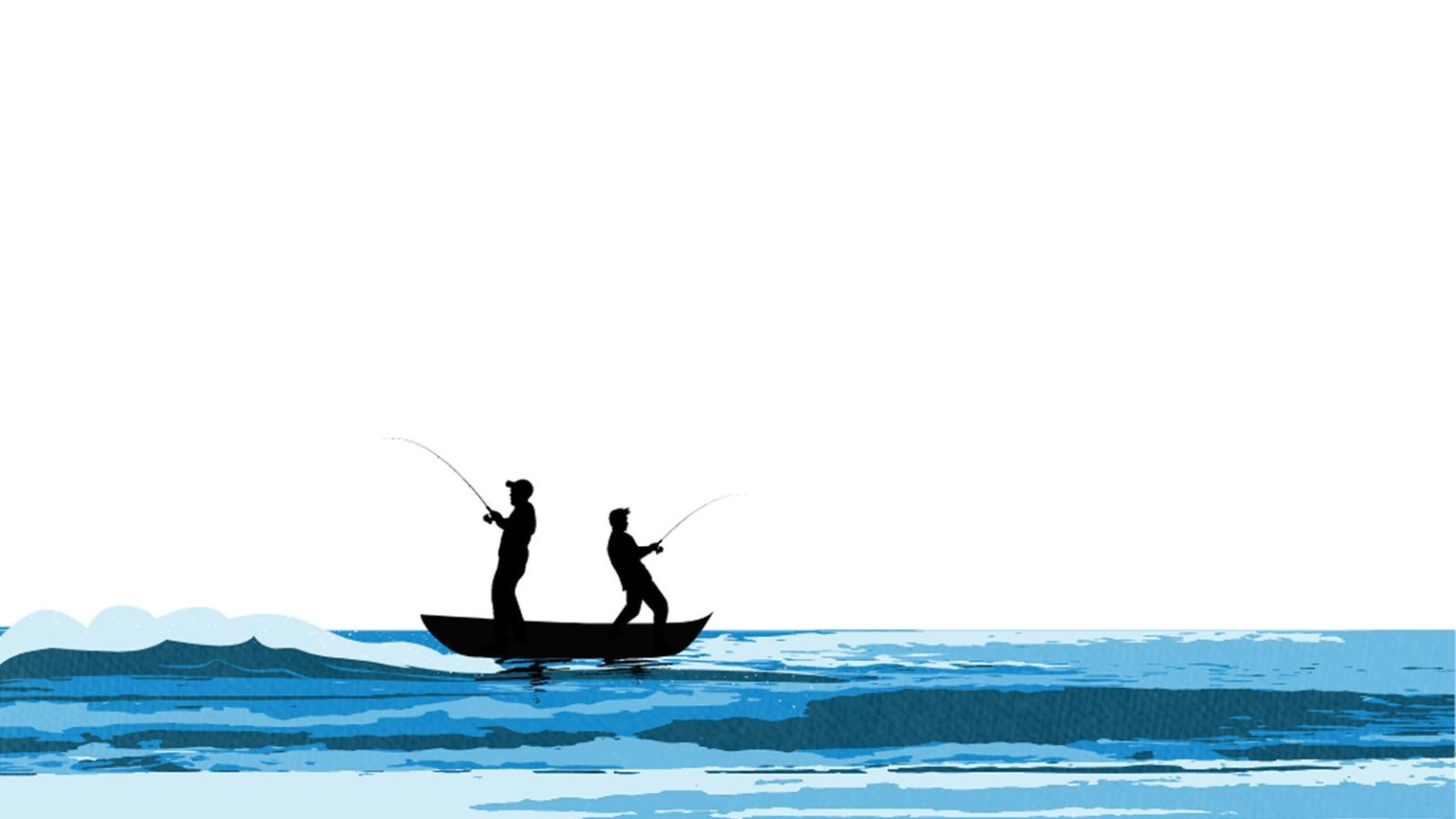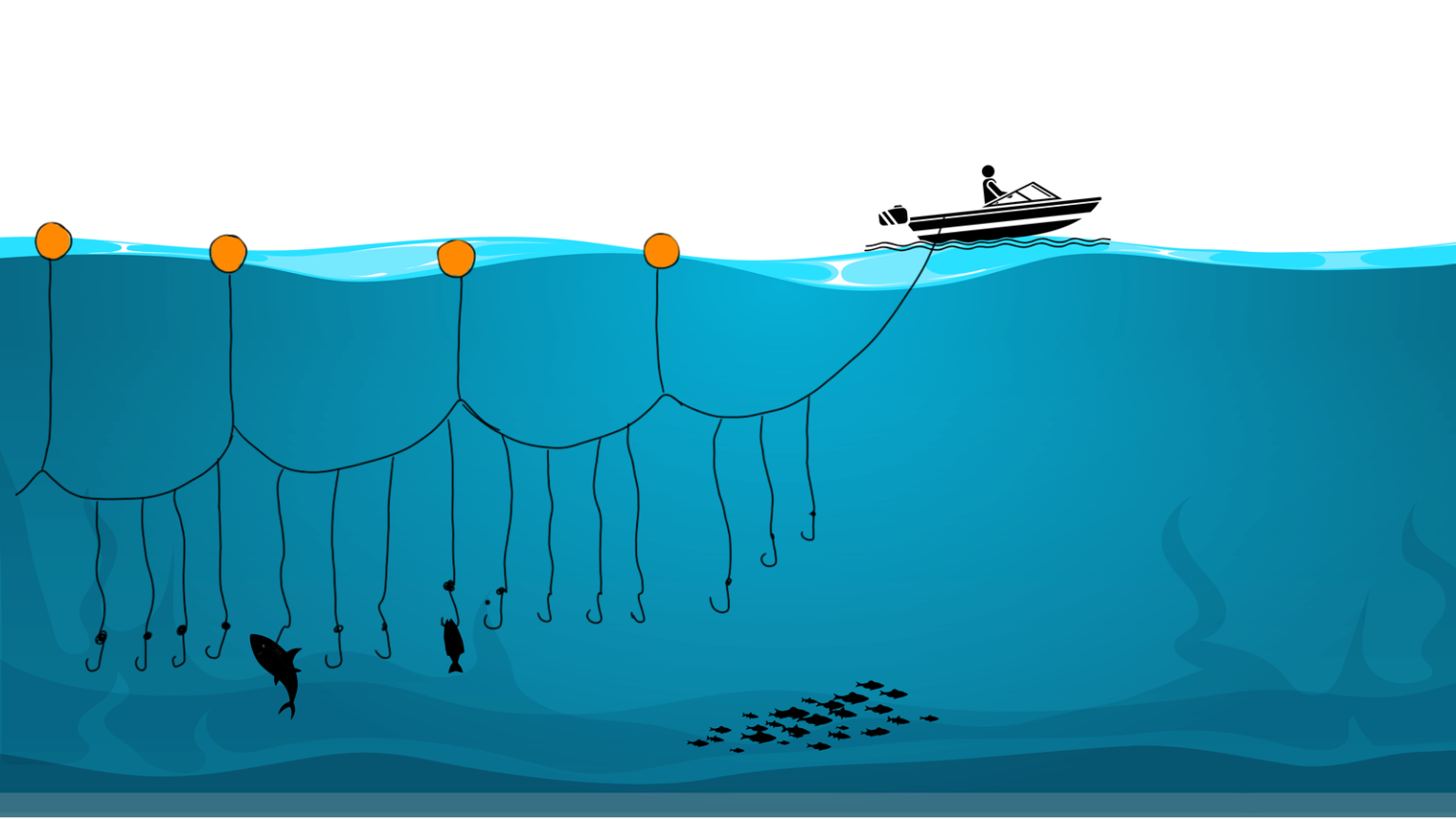More is known about the surface of the moon than our ocean! This is true especially in the case of India because although we have many researchers, being a megadiverse country more support is needed to provide data that can make evidence-based collaborative holistic conservation action possible. To fill this data gap/lacuna we encourage many more of you to submit data. All this data is being collected with the aim of building a better understanding of marine biodiversity to ensure informed conservation strategies and actions.
Photographic guidelines for sharks
Take pictures of-
- Ventral view of the whole body (shark/ray)
- Ventral view of the head (showing the teeth for sharks and nasal curtain for rays)
- Ventral view of the claspers and the anal fin (shark/ray)
- Dorsal view of the whole body (shark/ray)
- Photo of the dorsal fin
- Photo of the tail/caudal fin
- Lateral view of the whole body
- A photo where the position of all the fins relative to each other is seen)
- A reference point like your foot placed next to the animal, it can also be a wooden ruler or a pen.
How to identify different stages of life in sharks?
Work in progress
How to identify different fishing gears?




How to identify different fishing boats?
- Country craft:
Boats that don’t have a motor or an engine and are powered by humans alone. - Motorised boat:
A boat with less Horsepower than a mechanised boat and can have both Out Board Motor or In Board Motor. - Mechanised:
Mechanised fishing vessel means a ship or boat fitted with mechanised means of propulsion having an engine not less than fifteen Horsepower but not more than one hundred and twenty Horsepower and measuring in length not less than eight metres and not more than fifteen metres.
Some terms that need explanation
Work in progress






